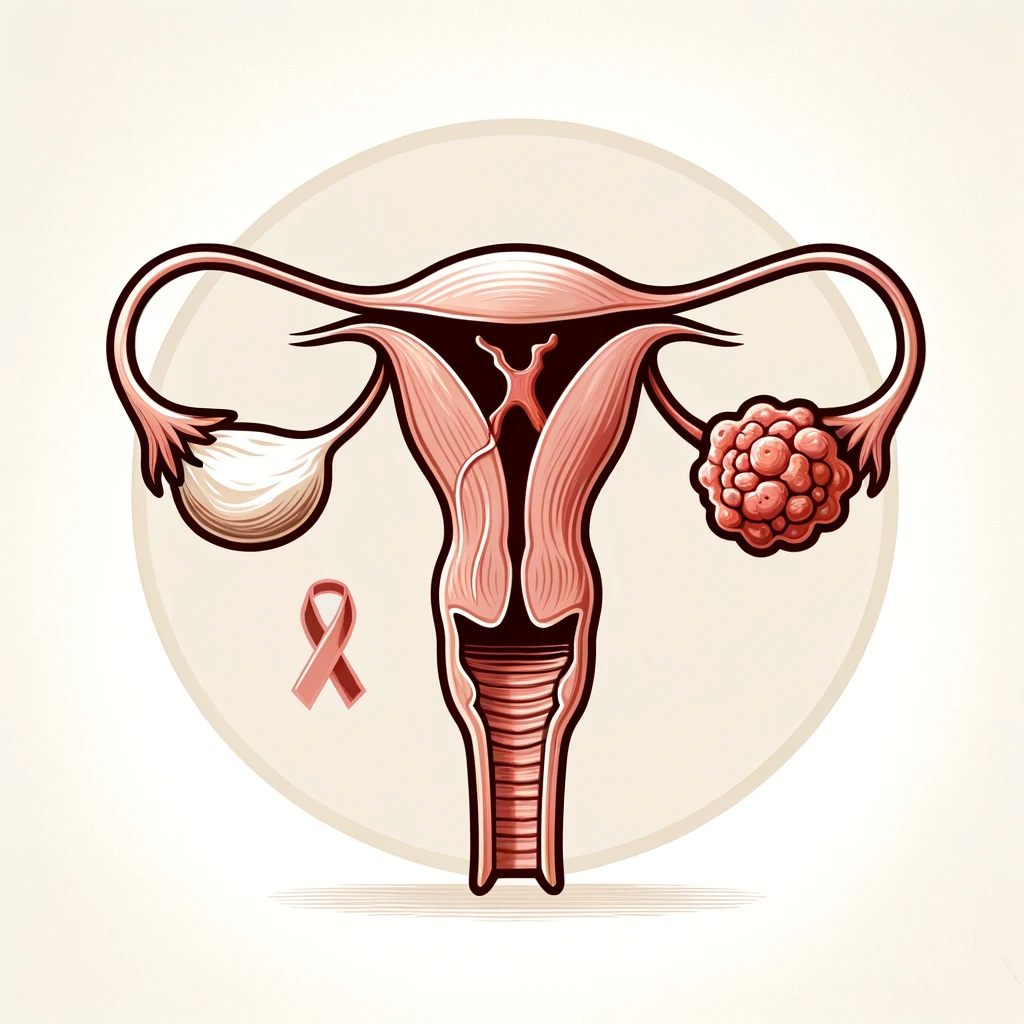Cervical Cancer: Causes, Symptoms, Diagnosis, Treatment, Prevention, and Comprehensive Care

Dr. Craig Smith, MD
4 Min read
Cervical cancer remains a significant global health concern, impacting women worldwide. The World Health Organization reports that cervical cancer ranks as the fourth most common cancer in women, with approximately 570,000 new cases and 311,000 deaths in 2018. This article aims to provide an in-depth exploration of cervical cancer, covering its causes, symptoms, diagnosis, treatment options, prevention strategies, emotional impact, ongoing research, global disparities, palliative care, fertility preservation, and screening guidelines.
I. Causes of Cervical Cancer:
Cervical cancer primarily results from persistent infection with specific types of human papillomavirus (HPV). While most HPV infections resolve on their own, persistent infections with high-risk HPV types can lead to cervical cancer. Additional risk factors include smoking, weakened immune systems, and long-term use of birth control pills.
II. Symptoms of Cervical Cancer:
Cervical cancer may not present noticeable symptoms in its early stages. As the disease progresses, symptoms such as abnormal vaginal bleeding, pelvic pain, unexplained weight loss, and changes in bowel or bladder habits may manifest.
III. Diagnosis of Cervical Cancer:
Early detection is pivotal, and screening tests like Pap smears and HPV testing play a crucial role. Colposcopy may be conducted for a closer examination, and biopsies may confirm the presence of cancerous cells.
IV. Treatment Options for Cervical Cancer:
Treatment options depend on the cancer stage and the patient's overall health. Surgical interventions, radiation therapy, chemotherapy, and targeted therapy are common approaches. Additionally, fertility preservation is a consideration for some patients.
V. Prevention of Cervical Cancer:
Preventive measures are essential, including HPV vaccination, regular Pap smears, safe sexual practices, smoking cessation, and early detection through routine check-ups and screenings. Awareness campaigns and a healthy lifestyle are key components of a comprehensive prevention strategy.
VI. Emotional and Psychological Impact:
Cervical cancer's emotional toll is significant. Addressing the psychological impact, support groups, counseling services, and the crucial role of family and friends in providing emotional support should be highlighted. Acknowledging the emotional aspect of the journey contributes to a holistic understanding of the disease.
VII. Ongoing Research and Innovations:
The dynamic field of cervical cancer research continually evolves. Discussing recent advancements, clinical trials, and emerging treatments provides readers with insights into the evolving landscape of cervical cancer research, fostering hope for improved outcomes.
VIII. Global Disparities:
Highlighting global disparities in cervical cancer incidence, access to healthcare, and screening programs is essential. Efforts to address these disparities, such as international initiatives, awareness campaigns, and healthcare infrastructure improvement, shed light on the challenges faced by different populations.
IX. Palliative Care:
For advanced cases, palliative care becomes crucial. Discussing the principles of palliative care, focusing on symptom management and improving the quality of life, adds a compassionate dimension to the article, recognizing the challenges faced by those in advanced stages of cervical cancer.
X. Fertility Preservation:
For women desiring fertility preservation, discussing options like embryo or egg freezing before undergoing treatments such as radical hysterectomy is vital. Recognizing the unique concerns and decisions women face during their cervical cancer journey enhances the article's relevance and practicality.
XI. Screening Guidelines:
Incorporating specific guidelines on the recommended frequency of screenings and the age groups targeted by screening programs offers practical information. Regional variations in screening guidelines and healthcare policies should be considered to provide a more tailored understanding for readers.
Conclusion:
Cervical cancer is a multifaceted challenge, requiring a holistic approach encompassing prevention, early detection, treatment, emotional support, and ongoing research. By addressing the diverse aspects of cervical cancer, this article aims to empower readers with knowledge, fostering a proactive and informed approach towards their reproductive health. As we continue to advance in research and healthcare, collaborative efforts worldwide hold the promise of reducing the global burden of cervical cancer.